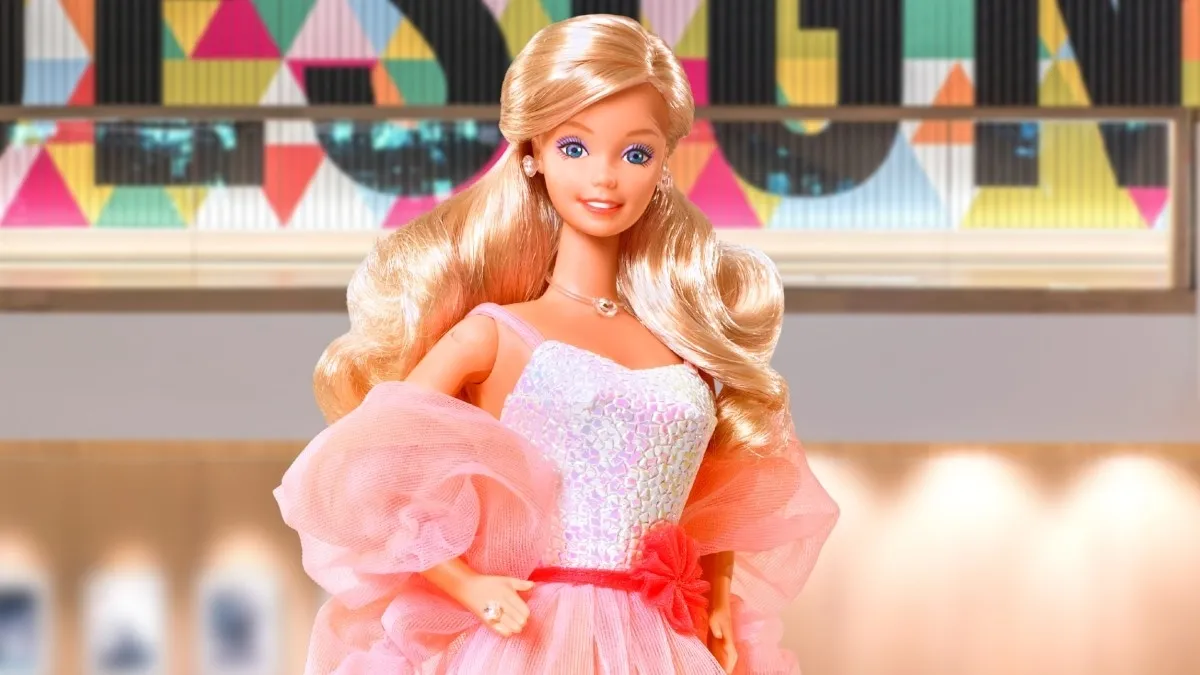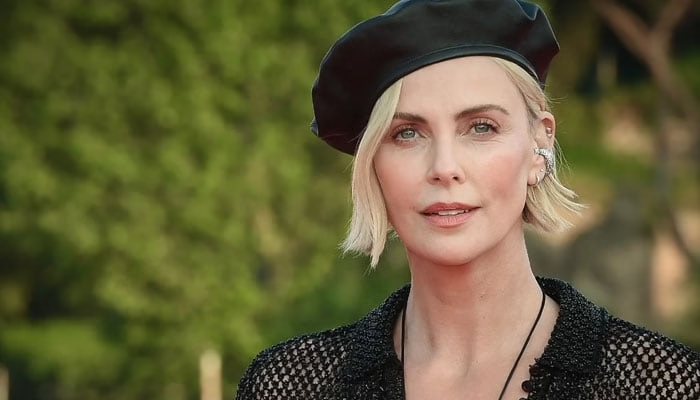At 65 years old, Barbie remains an enduring cultural icon, defying age and evolving with the times. From her inception in 1959 as a blonde-haired, black and white bathing suit-clad doll, Barbie has undergone a remarkable transformation to reflect diversity and inclusivity in the modern world.
Originally inspired by Ruth Handler’s daughter, Barbara, Barbie now encompasses a multitude of skin tones, hairstyles, body shapes, and abilities. Lisa McKnight, Executive Vice President and Global Head of Barbie & Dolls at Mattel, emphasizes Barbie’s evolution, stating, “Today, there are many Barbies, and we’ve got multiple views of the brand.”
With 35 skin tones, 97 hairstyles, and nine body types, including representations of disabilities and gender neutrality, Barbie has become a symbol of empowerment and representation for diverse communities.
Furthermore, Barbie’s influence extends beyond toys, inspiring fashion trends and collaborations with renowned designers like Karl Lagerfeld. The commercial success of the 2023 “Barbie” movie, directed by Greta Gerwig and starring Margot Robbie and Ryan Gosling, added a new emotional depth to the brand.
However, Barbie’s journey has not been without criticism. Women’s rights activist Gloria Steinem expressed reservations about Barbie’s impact on body image and gender roles. Despite these concerns, Mattel remains committed to inclusivity, incorporating feedback from various communities into their design process.
As Barbie celebrates her 65th anniversary, the brand continues to innovate while honoring its heritage. Hand-painting dolls and using traditional sewing machines dating back to 1959 remain integral to Barbie’s production process. Yet, the brand embraces modern technology, utilizing advanced 3D-printing techniques to create new dolls.
The 65th anniversary dolls, designed by lead designer Carlyle Nuera, reimagine Barbie’s iconic bathing suit as a glamorous gown, symbolizing the brand’s evolution. From classic white dolls with blonde hair to Black dolls with braids and laid edges, Barbie embraces diversity and celebrates the beauty of all individuals.
In the words of Kim Culmone, Mattel’s vice president of Barbie Design, “If we continued to do the same thing that we’ve done before, over and over again, Barbie would not be the success that she is today.” Barbie’s legacy is one of resilience, adaptation, and inclusivity, paving the way for generations to come



